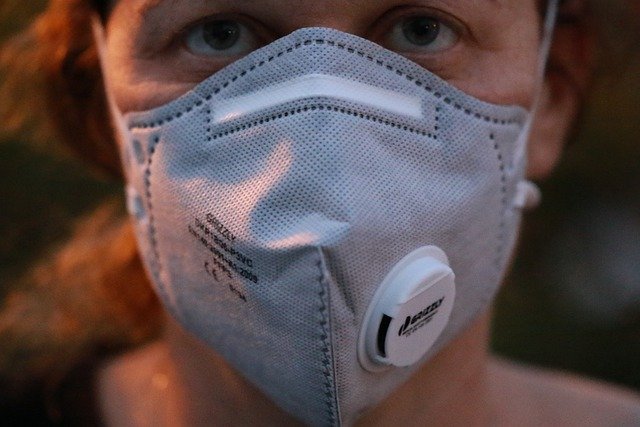
The last pandemic of the scale and scope of the current Covid-19 pandemic was the 1918–1919 influenza pandemic. It infected an estimated 500 million people worldwide, one-third of the population. It killed between 50 and 100 million people, more than all 20th century wars, and more than the Black Death of 1347–1351. The pandemic also coincided with the end of World War I. The war began in 1914, the US entered in April 1917, outbreaks in the second much deadlier phase of the pandemic occurred in August 1918, and the Armistice occurred in November 1918.
Were workers affected by the pandemic? The short answer is absolutely. In 1918–1919, baseline health was poor due to poverty and war. Influenza spread rapidly in cities and armies. In contrast to the current pandemic—and for reasons that are still unclear—a large number of the people dying were prime-age workers. The current pandemic appears to have primarily affected the elderly in China. In Europe and the US, a significant number of nonelderly adults appear have been affected thus far, so the effect on workers is less clear.
What happened if workers got sick? While the safety net varies in strength across developed countries, in 1918 the safety net was close to nonexistent and many countries were at war. One implication is that almost all workers and members of the military had to work unless they were absolutely physically unable. Members of the military faced severe consequences for malingering. If workers did not work, they and their families might not be able to eat. The demands of military production kept factories open where this was possible. Some cities did close schools, bars, and theaters, but the level of shutdown was less complete and of shorter duration than we are seeing in the current pandemic. While the need to go to work even if they were ill has parallels for some workers today, relatively few people or their families in developed countries risk starvation if they stay home while sick or if a primary breadwinner dies. Access to food may be a more significant issue in less developed countries.
What happened to the economies during the pandemic? Because of the war, sectoral effects varied. In the US, where we have the best data, the economy peaked in July or August of 1918, the pandemic reached its height in October, and the trough of the recession was March 1919. Coal, steel, and shipbuilding were producing large quantities of goods, so workers continued or returned to work as soon as possible. Newspaper reports suggest that retail-oriented sectors other than pharmacies and grocery stores experienced dramatic declines in business, similar to what we’re seeing today. Unlike today, cities rarely mandated closure of retail establishments; but like today they focused on school closures, banning public gathering, and quarantining or isolating sick individuals.
What happened to the economies after the pandemic? The effects are hard to identify in many countries, because the pandemic coincided with the end of the war. In the US, there was a recession in 1920–1921, but this is usually attributed to actions of the Federal Reserve and not the pandemic.
The two pandemics have some similarities and some differences, both of which are instructive. The main thing to remember, though, is that today we have much greater cushions—private saving and government programs—to limit the economic cost of the pandemic.
© Karen Clay
Karen Clay is Professor of Economics and Public Policy at Carnegie Mellon University's Heinz College of Information Systems and Public Policy.
Read more on the coronavirus crisis:
"Coronavirus and the labor market," by Daniel S. Hamermesh
"Fighting a coronavirus recession," by Daniel S. Hamermesh
Please note:
We recognize that IZA World of Labor articles may prompt discussion and possibly controversy. Opinion pieces, such as the one above, capture ideas and debates concisely, and anchor them with real-world examples. Opinions stated here do not necessarily reflect those of the IZA.